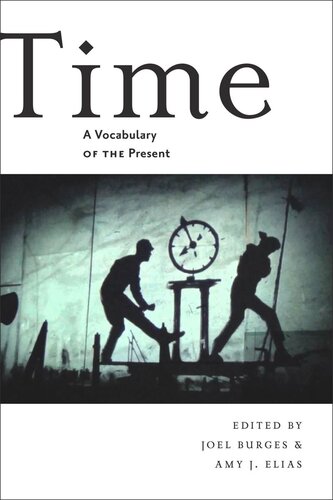

Most ebook files are in PDF format, so you can easily read them using various software such as Foxit Reader or directly on the Google Chrome browser.
Some ebook files are released by publishers in other formats such as .awz, .mobi, .epub, .fb2, etc. You may need to install specific software to read these formats on mobile/PC, such as Calibre.
Please read the tutorial at this link: https://ebookbell.com/faq
We offer FREE conversion to the popular formats you request; however, this may take some time. Therefore, right after payment, please email us, and we will try to provide the service as quickly as possible.
For some exceptional file formats or broken links (if any), please refrain from opening any disputes. Instead, email us first, and we will try to assist within a maximum of 6 hours.
EbookBell Team

5.0
68 reviewsThe critical condition and historical motivation behind Time Studies The concept of time in the post-millennial age is undergoing a radical rethinking within the humanities. Time: A Vocabulary of the Present newly theorizes our experiences of time in relation to developments in post-1945 cultural theory and arts practices. Wide ranging and theoretically provocative, the volume introduces readers to cutting-edge temporal conceptualizations and investigates what exactly constitutes the scope of time studies.
Featuring twenty essays that reveal what we talk about when we talk about time today, especially in the areas of history, measurement, and culture, each essay pairs two keywords to explore the tension and nuances between them, from “past/future” and “anticipation/unexpected” to “extinction/adaptation” and “serial/simultaneous.” Moving beyond the truisms of postmodernism, the collection newly theorizes the meanings of temporality in relationship to aesthetic, cultural, technological, and economic developments in the postwar period. This book thus assumes that time—not space, as the postmoderns had it—is central to the contemporary period, and that through it we can come to terms with what contemporaneity can be for human beings caught up in the historical present. In the end, Time reveals that the present is a cultural matrix in which overlapping temporalities condition and compete for our attention. Thus each pair of terms presents two temporalities, yielding a generative account of the time, or times, in which we live.